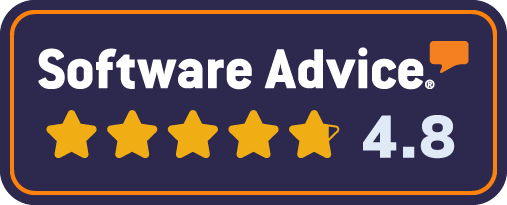As businesses grow and evolve, it can be challenging to keep up with the increasing demand for personalized customer engagement and lead response. This is particularly true for businesses with lean teams that don’t have the resources to devote to manual, time-consuming tasks like following up with unresponsive leads or engaging with customers. The good news? Businesses can overcome this challenge by using automated text conversations to streamline sales processes and customer engagement. By automating a few key tasks, teams are able to focus on more strategic, high-value activities, while still ensuring that leads and customers receive the personalized attention they need.
Here are 4 key ways that businesses can use automated text conversations to maximize productivity and boost efficiency:
Lead capture and qualification
Using web forms and chatbots to capture leads is all fine and dandy, but when it comes to consistent follow-up, most sales teams fall short. The problem is that manual follow-up is time consuming, people hate it, and it takes up a lot of resources. So how do you qualify leads without requiring manual intervention from your team? Instead, businesses can use web forms to collect basic contact information and few details from leads (the shorter the form, the better), and use automated text conversations to ask qualifying questions and identify the best leads to follow up with. This can help businesses to streamline the lead capture and qualification processes, and ensure that they’re only spending time on the most promising leads.
Lead nurturing and engagement
Once leads have been captured and qualified, businesses can use automation to nurture and engage with them over time. This can include sending personalized email campaigns, SMS messages, and other types of communication to keep leads engaged and interested in the business (but with a 98% open rate, text is always the best option). Automation tools can also be used to send follow-up messages and reminders to leads who haven’t responded to previous communications, helping businesses to stay top-of-mind and increase their chances of converting leads into customers.
Lead scoring and routing
In order to effectively engage with leads and follow up with them in a timely manner, businesses need to have a system in place for scoring and routing leads. Text automation can help businesses to do this by gathering important information via 2-way text and assigning a score to each lead based on certain criteria, and routing the leads to the appropriate team member or salesperson for follow-up. This can help businesses to ensure that leads are being followed up with by the right person at the right time, increasing the chances of conversion.
Customer communication and support
In addition to lead engagement and follow-up, businesses can also use text automation to improve communication and support processes with existing customers. For example, businesses can use automation to send personalized text messages to customers reminding them of upcoming renewals, offering them special promotions or discounts, and even to send surveys to gather valuable feedback about your product or service. Text can also be used to send automated responses to customer inquiries, helping businesses to provide timely support and improve the customer experience.
Overall, by using automated text conversations to streamline lead engagement and follow-up processes, businesses can do more with leaner teams. Automation tools (::::cough:::::: like Verse ::::cough::::::) can help businesses engage and qualify leads, nurture them over time, aid in scoring and routing leads for follow-up, and provide timely and consistent communication to customers.


